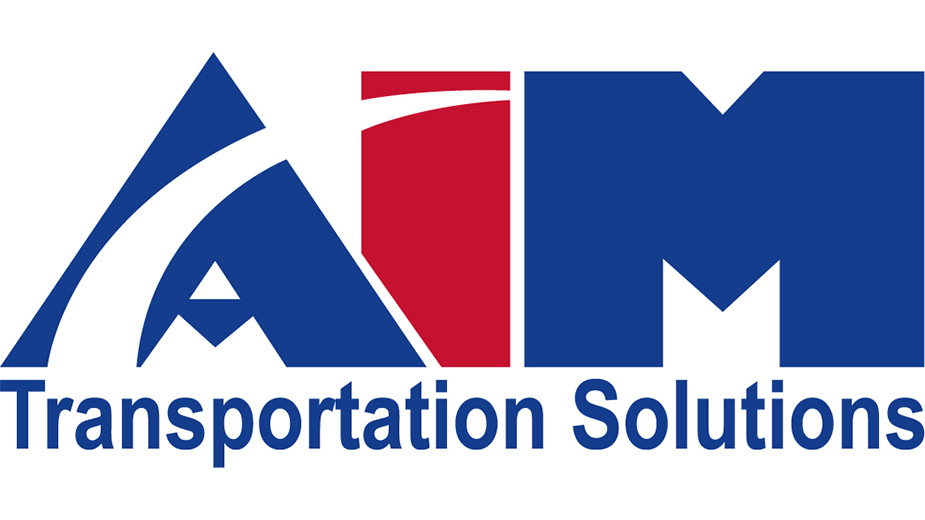IT Providers Show Business How to Streamline Operations
YOUNGSTOWN, Ohio — Not too long ago, the president of Avrem Technologies LLC, Robert Merva, paid a visit to a company that for decades had recorded and maintained all of its business transactions on paper. And it saw no reason to change.
That is until Merva demonstrated how a new information technology system could streamline how that company manages inventory, sales, accounting and other aspects of everyday business.
“They were doing millions of dollars of inventory – all on paper,” Merva says.
“Once they saw the efficiencies, it became an easy conversation” because the system he showed them freed more time to concentrate on expanding their business.
This client, he says, serves as an example of how even longstanding companies that for years were very comfortable with old-school methods can successfully convert to software-based systems without an overly complicated learning curve.
“If we put it in a way they understand it, they’re usually pretty much on board,” he says. “We’ve gone into some companies that are really behind the times.”
Avrem, an IT and cyber security consulting firm based in downtown Youngstown, was founded 10 years ago just as the wireless and mobile device market began to flourish, Merva says.
“Tablets, mobile and Wi-Fi have bumped this to another level,” he says.
Mobile and wireless technology has unleashed a whole new market for business software, industry specialists say, especially for those companies and managers who need access at all times to information and data related to their business.
That often means tying a company’s data to a secure cloud network, that is, remote servers hosted on the internet that allow managers or employees instant access to such information on any web-enabled device.
But with this transition come concerns from businesses about issues such as the need to protect their information from hackers and the assurance that these data are protected.
“They leave it up to us to make sure their network is secure,” Merva says.
The software a business uses typically depends on the nature of the industry.
Accounting software, for example, has been available for years while software that governs and integrates manufacturing data and operations into the cloud arrived later.
“The biggest trend for our clients is the move to the cloud,” says Patrick Cioffi, vice president of sales at NEO3 in Canfield. “People don’t want to maintain their own servers anymore and want access through every device.”
NEO3 distributes NetSuite, a cloud-based business-management system that encompasses functions such as enterprise resource planning, or ERP, customer relationship management, or CRM, and e-commerce, Cioffi says.
“There’s not much of a learning curve anymore,” he says, referring to the transition from an onsite to a cloud network.
“NetSuite makes it so that everything is displayed in front of you,” he says.
The software works off a dashboard platform so the system is easy to navigate, Cioffi says. “Executives love it because they want to see how business is performing,” he says.
Through the use of NetSuite, managers can track orders, determine who ordered the product and when, and be notified when inventories run low on an item that might need to be restocked. Or, sales professionals in the field can use the software to log expenses they incur on the job.
“All of this can be done by a smartphone,” he says.
Warehouse management is easier because workers can scan barcodes with their phones, Cioffi adds. “It’s really come a long way in manufacturing, too.”
Other local software sellers and developers say their service enables businesses and organizations to better integrate data into how they make decisions.
“Our software provides a much higher level of business intelligence to our clients,” says Joe Varacalli, president of SenSource Inc. in Austintown.
The software essentially provides an accurate count of foot traffic in retail stores, amusement parks, trade shows, libraries and fairs all over the world.
“We’re pretty well diversified and we’re doing well,” Varacalli says. “I’d say close to 80% of our clients are in retail.”
These data are invaluable to retailers because they can often use the information to make decisions related to staffing levels, sales and other internal business, Varacalli says. For example, retailers often match sales volumes with traffic volumes. However, should the store record a high amount of traffic into, yet fall short of projected sales volumes, it might reflect a staffing issue, he says.
“It could be that they need more staff, or have the wrong staff if volumes don’t add up,” he says. “It has some interesting and unique applications.”
SenSource, for example, has developed a video-based counter for 24-hour fitness centers, Varacalli says.
These sensors can detect just how many people move through an entrance through the use of a keycard. Therefore, should a member bring a guest into the center, the software would detect the guest as well and tie that information to the keycard holder.
“It let’s the cardholder know that they’ve brought a guest in,” he says. “It’s called an anti-tailgating application.”
SenSource sells its products across the United States and in 41 other countries, Varacalli says.
“Outside the U.S., I’d say Europe is our second-biggest market and Canada is No. 3,” he says.
Other local developers have tailored their business software to specific industries and enjoyed great success as mobile and cloud applications further permeate the market.
Automotive dealerships, for example, use a dealer management system, or DMS, to handle all aspects of the dealerships’ finances, parts, sales, administration, regulations and inventory.
“Dealerships want to be faster, more profitable,” says Michael Cross, director of marketing for Autosoft Inc. in West Middlesex, Pa.
The company develops DMS software and sells its product to dealerships throughout the United States.
DrivingSales.com, an industry sales development platform, has recognized it as the highest-rated dealer management system three years in a row.
“Our software is easy to use, [requires] less data entry, and our customers can build their system,” Cross says.
“We provide flexible systems that can conform as to how they’re going to do business.”
Autosoft’s new platform can be used through Facebook and Twitter, and the company is planning to develop new DMS software that has built-in web tools and customer relationship management software.
“If the client uses another vendor for CRM, then they’ll be a way to integrate that into our system,” he says.
Today, dealers understand that customers are much savvier when it comes to purchasing a vehicle, and they want their sales staffs to embrace this information technology that streamlines the customer’s buying experience, Cross says.
“Our software also keeps them in regulatory compliance,” he says.
Autosoft employs about 200, most of whom work at its West Middlesex campus, Cross says.
“The market looks very strong for us in the near term,” he says.
“We’ve had very strong sales, and this year is one of our best years ever.”
Copyright 2024 The Business Journal, Youngstown, Ohio.


